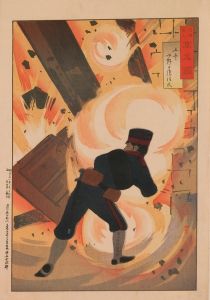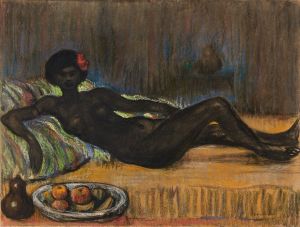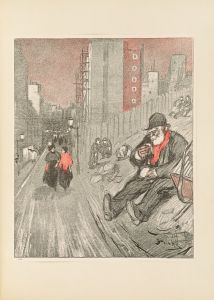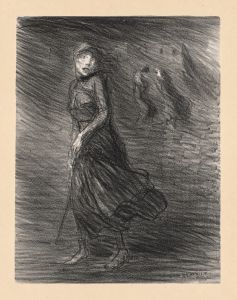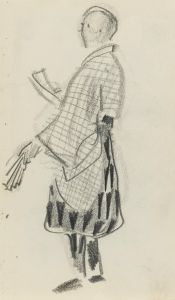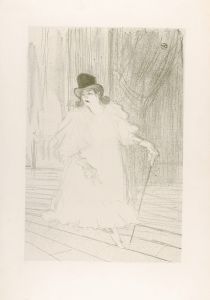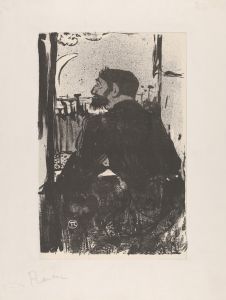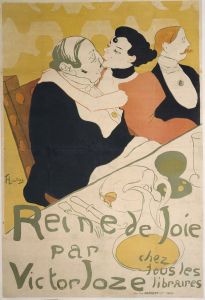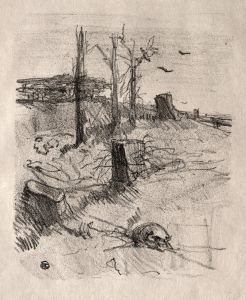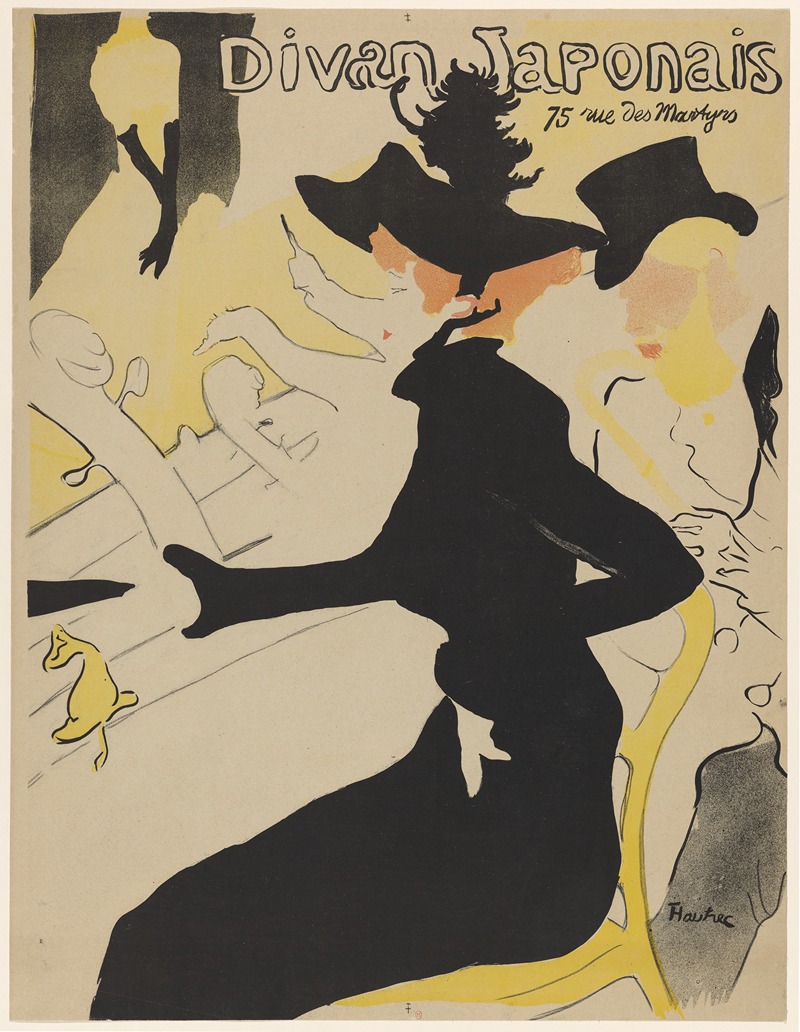
Divan japonais, 75 rue des Martyrs Ed
A hand-painted replica of Henri de Toulouse-Lautrec’s masterpiece Divan japonais, 75 rue des Martyrs Ed, meticulously crafted by professional artists to capture the true essence of the original. Each piece is created with museum-quality canvas and rare mineral pigments, carefully painted by experienced artists with delicate brushstrokes and rich, layered colors to perfectly recreate the texture of the original artwork. Unlike machine-printed reproductions, this hand-painted version brings the painting to life, infused with the artist’s emotions and skill in every stroke. Whether for personal collection or home decoration, it instantly elevates the artistic atmosphere of any space.
Divan japonais is a lithograph poster created by the French artist Henri de Toulouse-Lautrec in 1892–1893. This work is one of Toulouse-Lautrec's most iconic contributions to the world of poster art, a medium that flourished during the late 19th century in Paris. The poster was commissioned to advertise the Divan Japonais, a popular café-concert located at 75 rue des Martyrs in the Montmartre district of Paris. The venue was known for its eclectic performances and its appeal to a bohemian audience.
The artwork features three figures in the foreground, rendered in Toulouse-Lautrec's distinctive style. At the center is Jane Avril, a celebrated cabaret dancer and one of Toulouse-Lautrec's frequent muses. She is depicted seated in the audience, wearing a black dress and gloves, with her characteristic red hair. To her left is Édouard Dujardin, a writer and critic, who is shown wearing a bowler hat and holding a cane. In the background, the performer Yvette Guilbert is portrayed on stage, identifiable by her long black gloves, a signature element of her stage persona. Notably, Guilbert's face is not fully depicted, a stylistic choice that emphasizes her gloves and silhouette rather than her facial features.
The composition of the poster reflects Toulouse-Lautrec's innovative approach to design, influenced by Japanese ukiyo-e prints. The use of bold outlines, flat areas of color, and asymmetrical composition are hallmarks of this influence. The poster's typography is integrated seamlessly into the design, with the name "Divan Japonais" prominently displayed in the upper left corner. The overall effect is both striking and modern, capturing the vibrant energy of Parisian nightlife during the Belle Époque.
Toulouse-Lautrec's posters, including Divan japonais, played a significant role in elevating the status of commercial art. They were not only functional advertisements but also celebrated as works of art in their own right. Today, Divan japonais is considered a masterpiece of poster art and is held in high regard for its artistic and historical significance. Original prints of the lithograph are housed in various museums and private collections around the world, including the Musée d'Orsay in Paris.
Henri de Toulouse-Lautrec (1864–1901) was a prominent figure in the Post-Impressionist movement and is best known for his depictions of Parisian nightlife, particularly the cabarets and dance halls of Montmartre. His work provides a vivid snapshot of the cultural and social dynamics of late 19th-century Paris. Divan japonais remains a testament to his talent and his ability to capture the spirit of his time.





